We were lucky to catch up with Anna Koplik recently and have shared our conversation below.
Anna, appreciate you joining us today. Have you been able to earn a full-time living from your creative work? If so, can you walk us through your journey and how you made it happen? Was it like that from day one? If not, what were some of the major steps and milestones and do you think you could have sped up the process somehow knowing what you know now?
I am very lucky to be able to, at this point in my career, earn a modest but full-time living from my artistic practice. I started off with a lot of support and help from my family who made it possible for me to take my first classes in blacksmithing and take on apprenticeships at the beginning of my career which allowed me to learn and gain skills. After my first couple years of learning blacksmithing part-time and doing work in exchange for housing, food, and studio access, I was able to start earning a living as a blacksmith and educator. I have found that diversifying my work as much as possible, like running the blacksmith shop for a school, traveling to teach and work as a freelance architectural blacksmith, and making my own work, really allows me to support myself while giving me the freedom to pursue my different passions. The progression of my career feels like it went exactly as it was supposed to as I learned more and continually took on more work, new challenges, and bigger jobs. Each new job was its own milestone, teaching me new skills and opening the door for whatever my next step may be.

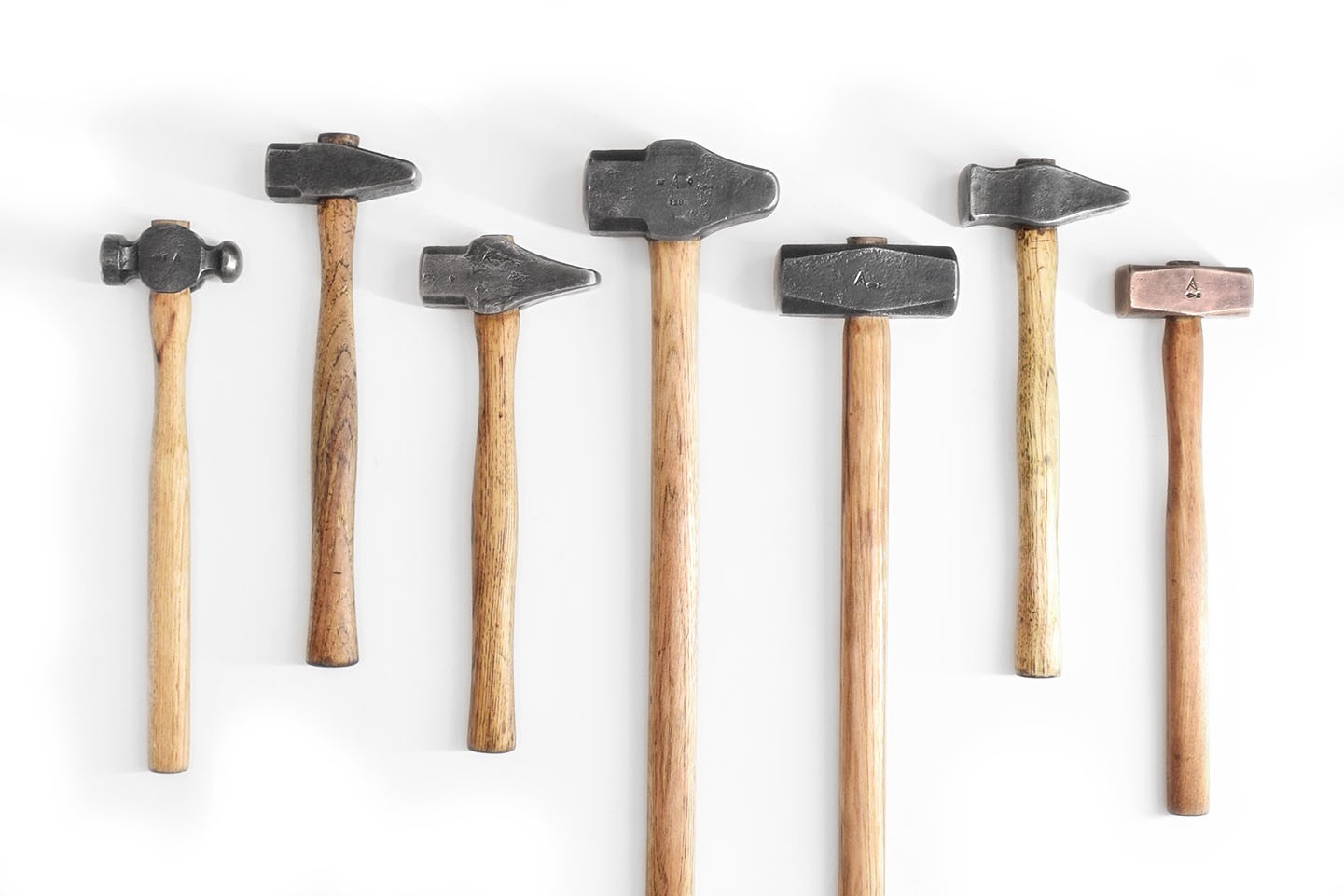

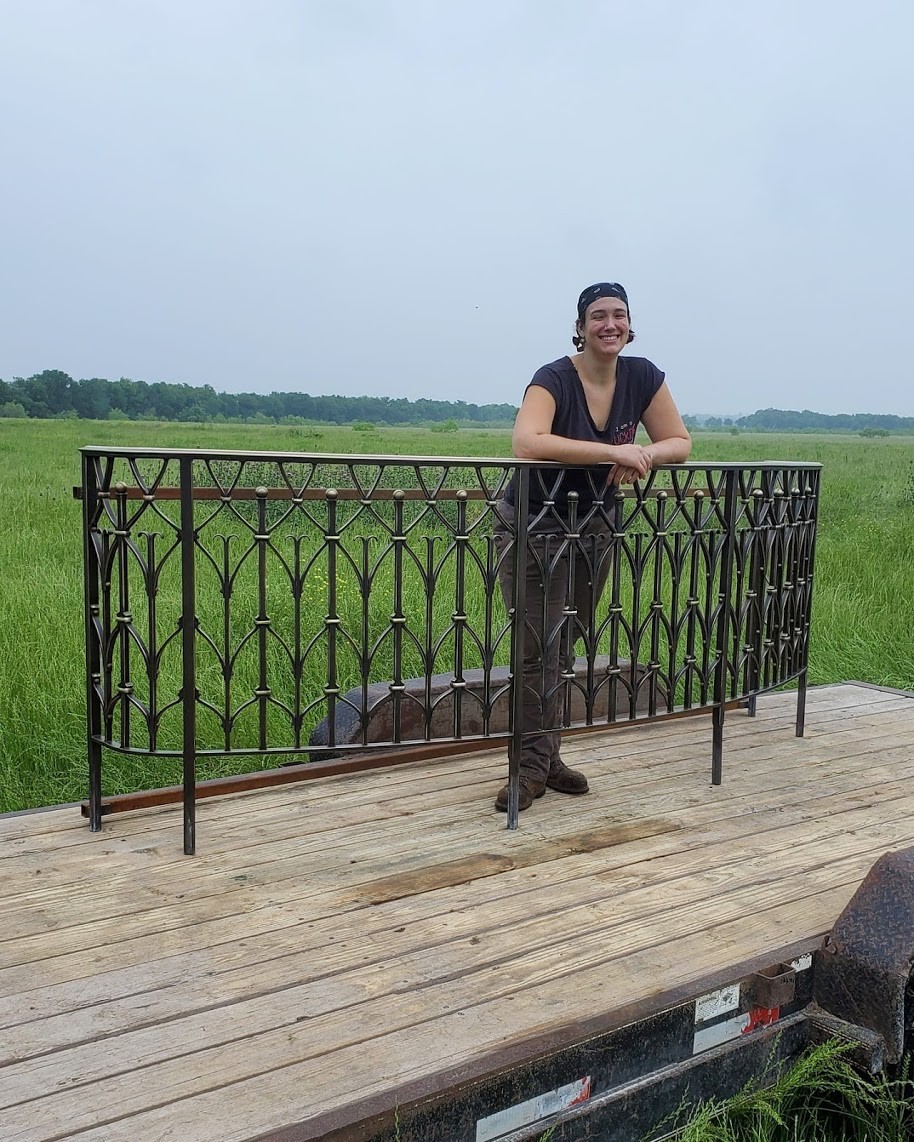
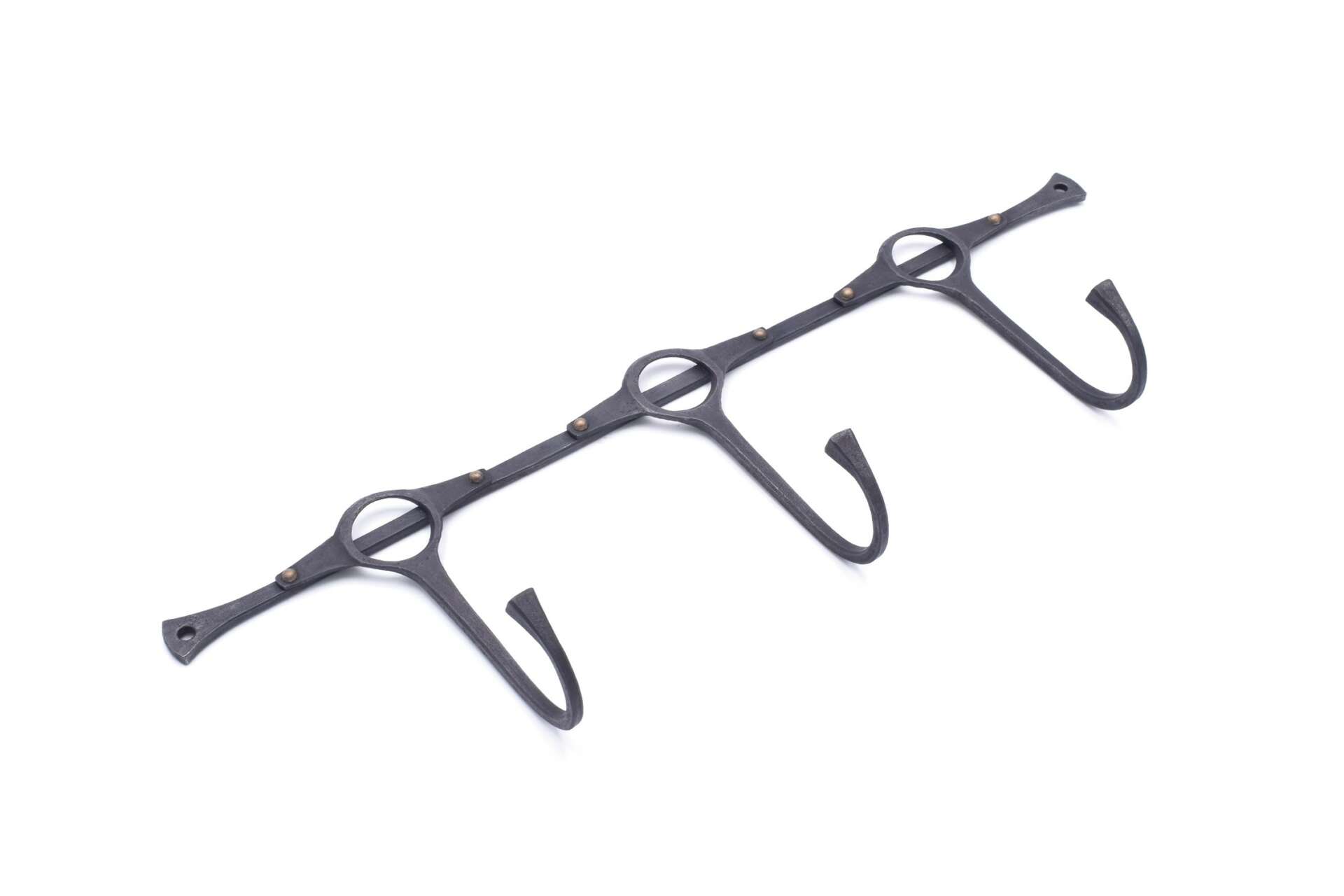
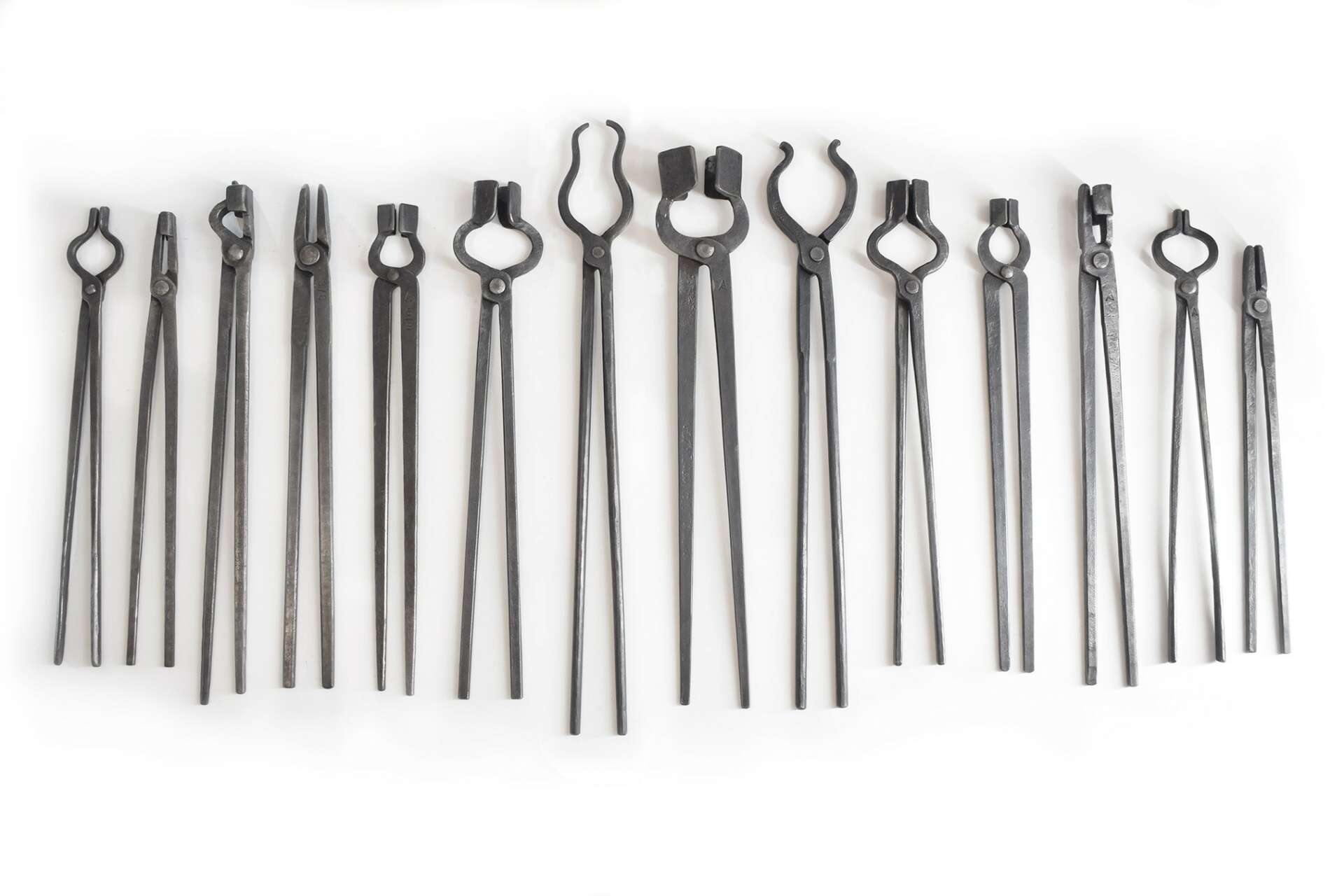
Great, appreciate you sharing that with us. Before we ask you to share more of your insights, can you take a moment to introduce yourself and how you got to where you are today to our readers.
I would consider myself a journeyman blacksmith and educator. What that means for me is that I teach blacksmithing, make my own work, and work for other blacksmiths. I travel a lot to teach workshops at craft schools across the country. I’ve also worked at multiple craft schools both as an assistant and as shop tech/studio coordinator. When I work in these educational environments or as a teacher my goal is to help more people learn and understand the craft and make it more accessible to all types of people. It is important to me as a woman blacksmithing educator to do my part in helping grow our community by supporting and making space for BIPOC, queer, and women blacksmiths.
As a journeyman blacksmith I am typically traveling around the country to work in other blacksmiths shops where they are producing their own work. I provide them with my skills to help make their metalwork while also gaining experience as I go. As a blacksmith I make a lot of different types of work, but mainly focus on functional work. I make kitchen utensils like spatulas and spoons, tools such as hammers and tongs, and architectural pieces like railings and gates.
I started my metalworking career by going to school for jewelry before transitioning to blacksmithing work after I graduated. This jewelry background gave me an eye for detail and a love for making more delicate work, which carried through into my blacksmithing career. A lot of people think of forged work as big and rough, but I try to make work that is more refined and elegant, while still being strong.
Can you share a story from your journey that illustrates your resilience?
A lot of the journeyman work I do involves simply putting myself out there and hoping for the best, often without a full plan of where a job will lead me. A few years ago, for example, I was finishing up a job and felt like it was time for something new outside of my comfort zone. I had been working on Long Island at Spirit Ironworks but knew of a blacksmithing conference, the Austin Forging Competition, happening in Austin, TX that I had always wanted to go to. So, I packed up my truck and drove down to Texas with no plans past the weekend other than knowing I had a friend I could stay with. Once down there I attended the conference and started asking around if anyone knew of someone looking to hire a blacksmith. By the end of the week, I had found a job in the area at Davis Metalsmiths and they were able to provide me work and housing. That job ended up lasting almost a year and during that time I became the shop production manager, overseeing other employees and producing hundreds of feet of railing. I learned a lot on that job, gained more connections that led me to future jobs, and empowered me to take more leaps of faith on jobs around the country.
Looking back, are there any resources you wish you knew about earlier in your creative journey?
When I first started out in blacksmithing, I met a lot of talented, kind, and supportive blacksmiths that I was able to learn from. But it wasn’t until I had been doing blacksmithing for almost two years that I met another professional woman blacksmith. During that time, I clung onto the names of three women smiths that I knew were out there: Elizabeth Brim, Maegan Crowley, and Ellen Durkan. I am lucky to now consider these three amazing women my friends, along with other smiths from so many different and diverse backgrounds. Since I got into blacksmithing, a group called the Society of Inclusive Blacksmiths (SIBs) was formed with a mission to build equity and diversity in the field of blacksmithing. Through traveling, being a part of the blacksmithing community, and being involved in SIBs, I’ve been able to meet so many incredible smiths. I wish when I first started blacksmithing, I had known what an amazing resource the entire community would be and how much support I would ultimately find from other smiths across the country and around the world. The blacksmithing community has become like a surrogate family to me, and I know that I can always find support and a place for myself within that community.
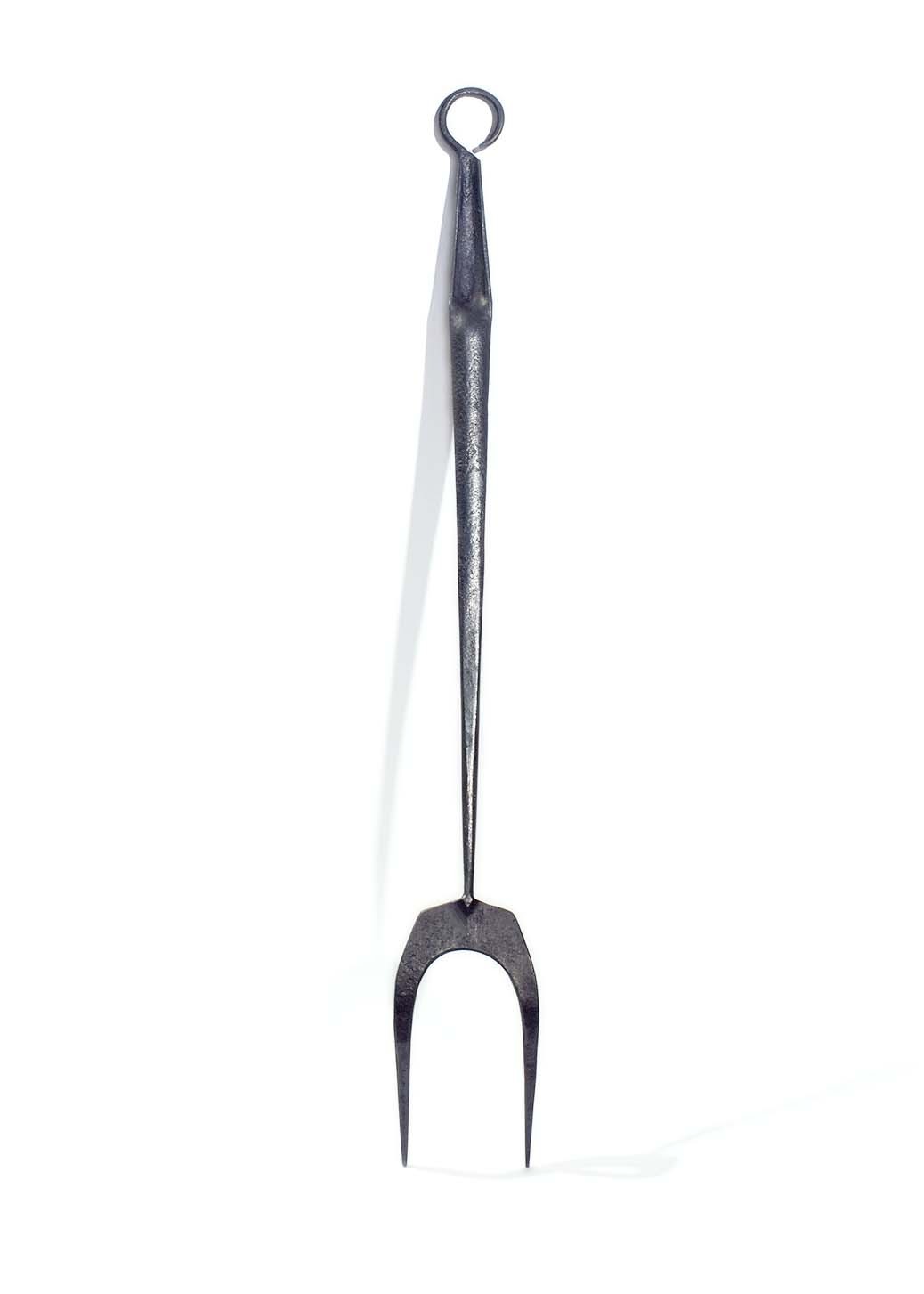

Contact Info:
- Instagram: @arkoplik
Image Credits
Anna Koplik_Juliette Balcony_Davis Metalsmiths_2021 photo credit Michael Davis Anna Koplik_Juliette Balcony_in progress_Davis Metalsmiths_2021 photo credit Michael Davis Anna Koplik_PV2_Sean Fitzsimmons_2021 photo credit Sean Fitzsimmons


